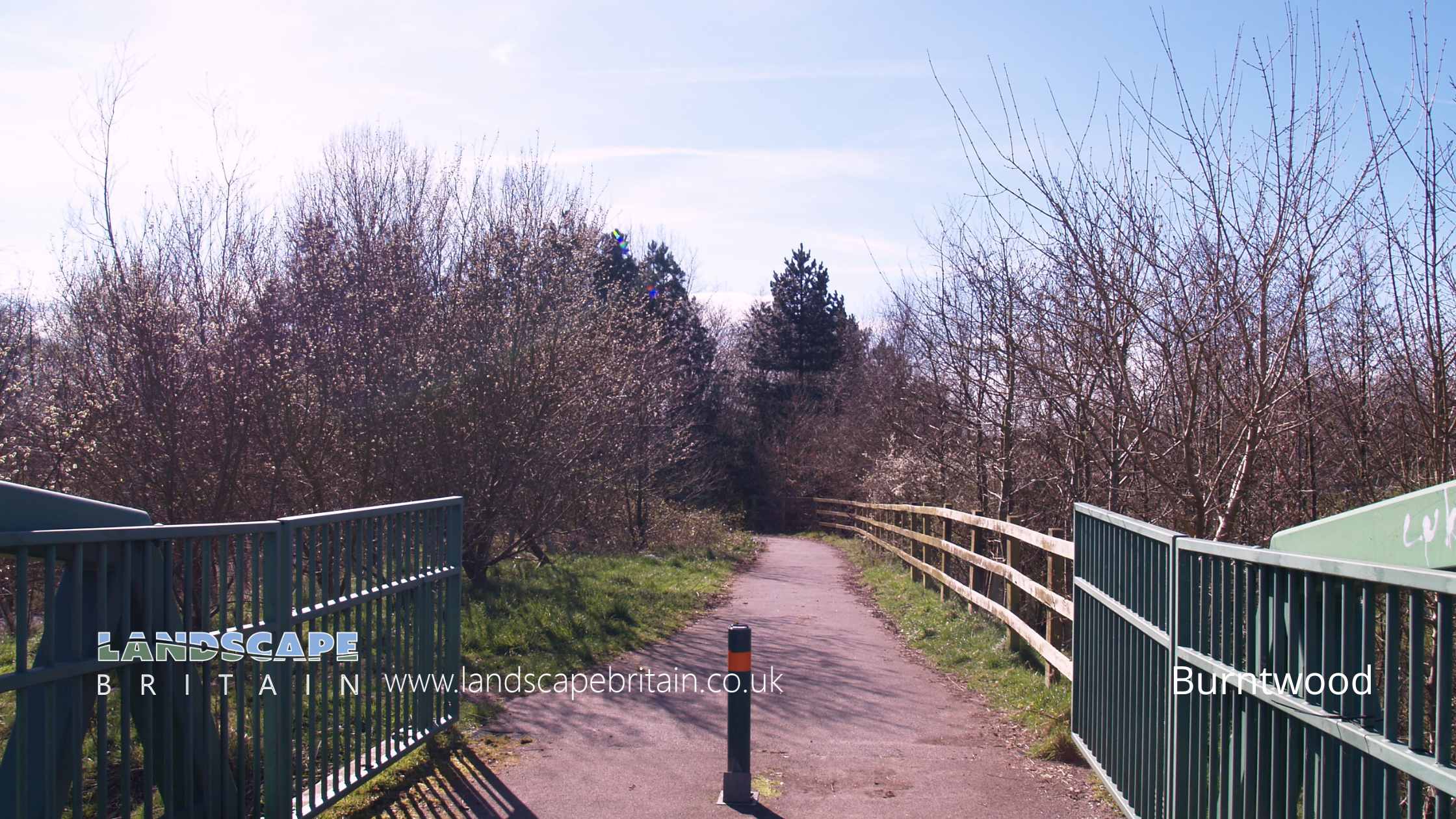
Burntwood by Josh Latimer
Burntwood
Burntwood is a town in Staffordshire, England, located to the west of Lichfield. It has a mix of residential areas, green spaces, and local amenities, making it a well-connected and growing community.
Historically, Burntwood developed from a collection of small villages and hamlets, with its expansion closely tied to coal mining. During the 19th and 20th centuries, the town was home to several collieries, but with the decline of the coal industry, it transitioned into a primarily residential area.
The town is known for Chasewater Country Park, a large outdoor recreation area featuring a reservoir, nature trails, and water sports facilities. The park is a popular destination for walking, cycling, and wildlife spotting. Burntwood also has several smaller parks and open spaces, contributing to its suburban character.
Local amenities include schools, shops, medical facilities, and leisure centres. The town has good transport links, with roads connecting it to Lichfield, Cannock, and Walsall. The M6 Toll provides access to the wider Midlands region, making Burntwood a convenient location for commuters.
Burntwood has a strong community spirit, with local events, markets, and activities bringing residents together. While it has grown significantly over the years, it retains elements of its historic past, blending modern development with a semi-rural setting.
Created: 1 February 2025 Edited: 12 February 2025
Burntwood
Local History around Burntwood
There are some historic monuments around including:
Castle Ring, a multivallate hillfort and medieval hunting lodgeMoated site of Handsacre Hall.Moated site and bloomery in Courtbanks CovertRoman site, LetocetumHillfort known as The Castle Fort at Castlebank PlantationMaple Hayes moated site.Wildlife in and Around Burntwood
Mammals found in Burntwood
There have been 32 species of mammals recorded in the burntwood area.
| 45 Khz Pipistrelle (Pipistrellus pipistrellus) |
| American Mink (Neovison vison) |
| Bank Vole (Myodes glareolus) |
| Brown Long-Eared Bat (Plecotus auritus) |
| Chinese Barking Deer (Muntiacus reevesi) |
| 55 Khz Pipistrelle (Pipistrellus pygmaeus) |
| Badger (Meles meles) |
| Brown Hare (Lepus europaeus) |
| Brown Rat (Rattus norvegicus) |
| Common Shrew (Sorex araneus) |
Tap here for more mammals found in and around Burntwood
Birds found in Burntwood
There have been 50 species of birds recorded in the burntwood area.
| (Anthus spinoletta/petrosus agg.) |
| Brent Goose (Branta bernicla) |
| Canada Goose (Branta canadensis) |
| Common Swift (Apus apus) |
| Egyptian Goose (Alopochen aegyptiacus) |
| Barnacle Goose (Branta leucopsis) |
| Buzzard (Buteo buteo) |
| Common Sandpiper (Actitis hypoleucos) |
| Dark-bellied Brent Goose (Branta bernicla subsp. bernicla) |
| Ferruginous Duck (Aythya nyroca) |







